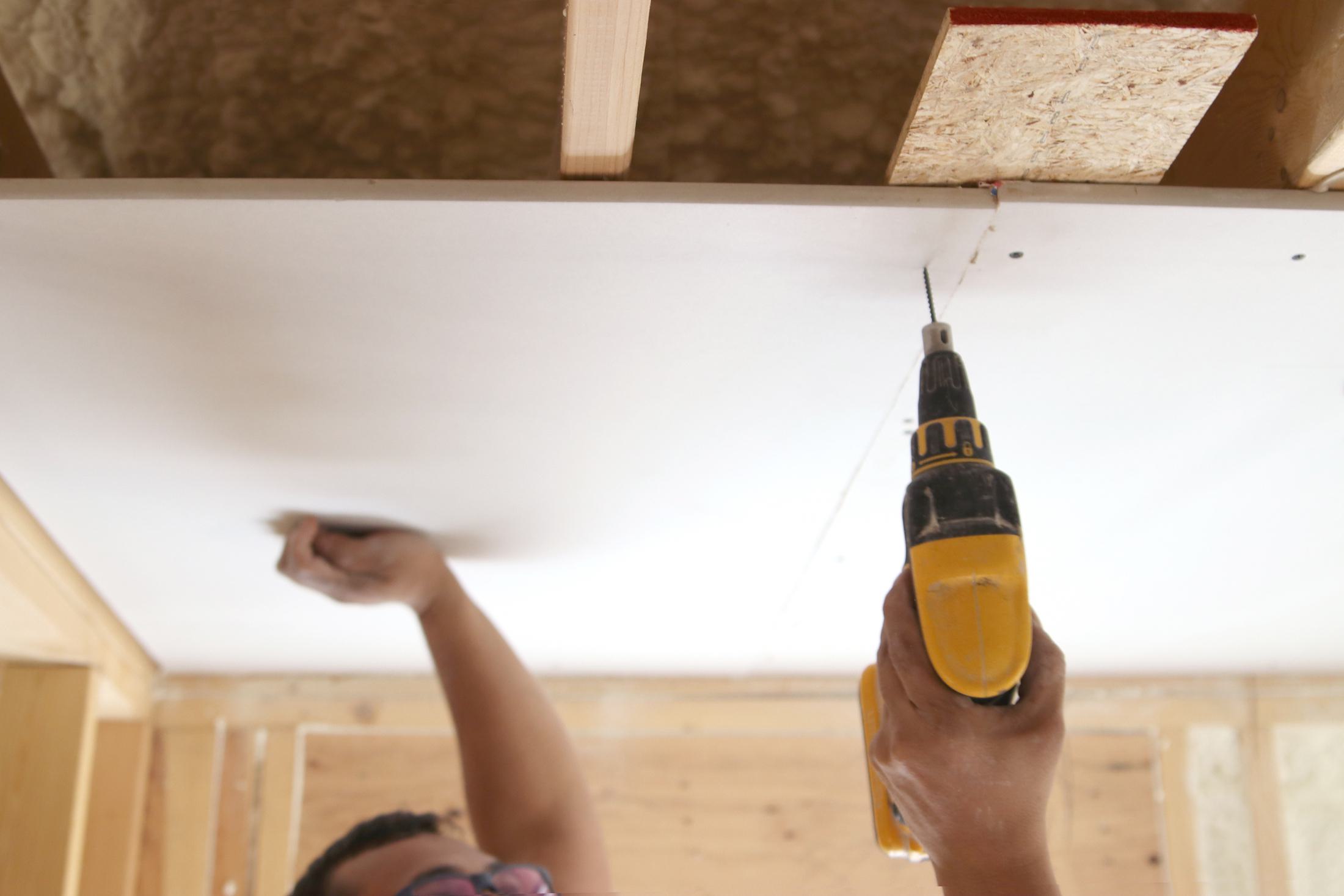It may just be one item in Trim-Tex’s large catalog, but Buttboard is a frequent source of questions and debate in the drywall community. Between our customer service team and the comments sections of our social media channels, we receive Buttboard questions all the time: What is it? Can affixing a butt joint into a piece of OSB plywood really be as secure as affixing into a stud? Why do some folks in the drywall community make such a big deal about it? We want to answer those questions and many more — so what do you want to know about Buttboard Drywall Backer?
For answers to some of those most common Buttboard questions, check out the video below, where the CEO of Trim-Tex — the one-and-only Joe Koenig, Jr. — takes you behind the scenes to see how Buttboard is made and how it’s used. And if you have any questions he doesn’t answer here, we want to hear them; we may answer them in a future episode of our new educational video series, “Drywall Minute”!




